The Universal Quest for Fulfillment
Imagine waking up each day, checking off the boxes of life—career, family, achievements—yet feeling like something is missing. You have what should be a “perfect” life, but inside, there’s a void that success can’t seem to fill.
This inner struggle is more common than you think, and it transcends professional titles, income levels, and personal milestones. At the heart of this tension lies a deeper conflict between who we are and who we think we should be.
Many of us live our lives in constant pursuit of an ideal self—the person we dream of becoming—but as we inch closer to this ideal, the happiness we expect never quite arrives. Instead, we find ourselves chasing after yet another goal, hoping that the next achievement will finally bring lasting satisfaction.
This cycle is often described as the arrival fallacy—the false belief that happiness lies in the next achievement. But how do we break free from this trap? How can we find fulfillment in both the present and the future without constantly chasing the illusion of happiness.
The Universal Quest for Fulfillment
Recognizing the Void
Many individuals experience a sense of emptiness despite outward success, realizing that conventional achievements don't always bring lasting satisfaction.
Identifying the Inner Conflict
The tension between our current self and our idealized version creates an ongoing struggle for personal fulfillment and happiness.
Breaking Free from the Cycle
Understanding the arrival fallacy and developing strategies to find contentment in both the present and future becomes crucial for genuine happiness.
In this blog, we will explore the interplay between self-acceptance, societal expectations, and the internalized pressure to be better. We’ll unravel the psychological dynamics of the arrival fallacy, self-discrepancy, and social comparison, offering practical strategies for living a more content and fulfilling life.
Who Are We, Really? Exploring the Layers of Self
We are all multifaceted beings with a sense of self that is not fixed. Instead, it evolves as we go through life, shaped by our experiences, thoughts, and societal influences. To understand why we often feel unfulfilled, it’s essential to understand the various components of self that guide our behaviors and emotions.
Psychologists often describe the self as consisting of three main parts:
1.Self-image: How we see ourselves right now.
2.Ideal self: The person we dream of becoming.
3.Self-esteem: How much we value and appreciate ourselves.
Let’s take the case of Ramesh, a 35-year-old man with a steady job and a loving family. His self-image is that of a responsible employee and a reliable father. However, his ideal self is something more—a visionary leader, an entrepreneur, someone who leaves a mark on the world. Every time he compares who he is with who he wants to be, he feels a gap that creates frustration.
This gap between the self-image and ideal self is where the struggle lies for many of us. It’s this discrepancy that keeps us striving, yet feeling unfulfilled. The larger the gap, the more dissatisfaction we experience. But is there a way to strive for growth while accepting the person we are right now?
Exploring the Layers of Self
Self-Image
Our current perception of who we are, shaped by experiences and beliefs. It represents how we see ourselves in the present moment, including our strengths, weaknesses, and roles in life.
Ideal Self
The version of ourselves we aspire to become. This idealized self embodies our dreams, aspirations, and the qualities we wish to possess, often influenced by personal values and societal ideals.
Self-Esteem
The degree to which we value and appreciate ourselves. It reflects our overall emotional evaluation of our worth and impacts how we navigate challenges and relationships.
The "Should Be" Trap: Living in the Shadow of Expectations
Adding complexity to this internal tension is the concept of the ought self— the person we believe we should be based on societal and familial expectations. Society often teaches us that our worth is determined by how closely we align with these external benchmarks. This creates a massive weight of “shoulds.”
For Ramesh, these expectations loom over him daily. By the time he reached his mid-thirties, he felt that he should have become a senior manager. He should have more savings. He should be living the lifestyle that society deems successful
But here’s the problem: these “shoulds” are not always aligned with Ramesh’s personal values or dreams. They are shaped by external forces—societal norms, cultural pressures, and even the expectations of family members. And when we let these external standards dictate our sense of self-worth, it creates a constant feeling of inadequacy, as if we’re never quite enough.
Take the story of Sarah, a young doctor. After years of medical school and residency, she thought she would finally be happy once she became a fully qualified physician. But even after reaching that milestone, she found herself setting new goals, telling herself, “I’ll be happy once I’m promoted,” or “I’ll be happy once I have more work-life balance.”
In reality, these milestones never brought her the lasting fulfillment she had anticipated. Instead, she was living in the shadow of societal expectations about what success looks like, without ever taking the time to question whether these goals truly aligned with her values.
The "Should Be" Trap: External Expectations
1
Societal Norms
Explore how cultural and societal standards shape our perception of success and worthiness, often creating unrealistic benchmarks for personal achievement.
2
Family Expectations
Examine the impact of familial hopes and dreams on our personal goals, and how they can sometimes overshadow our own desires and aspirations.
3
Professional Pressures
Consider the influence of career-related expectations on our sense of self-worth and the constant pursuit of higher professional status.
4
Breaking Free
Discover strategies to recognize and challenge these external "shoulds," aligning your goals more closely with your authentic values and desires.
Arrival Fallacy: The Illusion of Future Happiness
Sarah’s experience mirrors what many of us face in today’s achievement-driven culture. We’ve all been guilty of thinking, “I’ll be happy when…” Whether it’s landing a promotion, buying a house, or reaching a certain income level, we fall into the trap of arrival fallacy—the belief that happiness will come once we achieve the next big thing.
But the science behind this is clear: once we achieve a goal, our brains experience a temporary boost of dopamine—the “feel-good” neurotransmitter responsible for that rush of euphoria. However, this happiness is fleeting. As soon as we adjust to the new circumstances, we return to our baseline state of emotional well-being. This is called hedonic adaptation .
Think of your emotional state like a thermostat. Achieving a goal temporarily raises the temperature, but before long, the thermostat resets itself, and you find yourself back where you started. This is why even those who seem to “have it all”—the dream job, the ideal family, financial security—often still feel unfulfilled.
Let’s revisit Ramesh. Each time he hits a career milestone, there’s a brief moment of joy, but that satisfaction quickly fades. He’s already thinking about the next promotion, the next investment opportunity, or the next professional award. The happiness he expected to feel never sticks around for long, leaving him perpetually chasing the next big achievement, hoping that this time it will be different.
This is the essence of the arrival fallacy: the false belief that happiness is waiting at the next finish line. But as long as we tie our happiness to external accomplishments, we’ll never experience the lasting joy we crave.
Why Are We Never Satisfied? The Role of Social Comparison
Another key factor that exacerbates the arrival fallacy is social comparison— our tendency to measure our self-worth against the achievements of others. In the age of social media, this has become even more prevalent. We see the highlight reels of others’ lives and feel inadequate in comparison
Ramesh, for example, constantly compares himself to his colleagues, friends, and acquaintances. He notices that some of his peers have moved ahead faster in their careers, and this makes him feel as though he’s lagging behind. Even though Ramesh has achieved a great deal, the accomplishments of others always seem to diminish his own.
This pattern of comparison can make us feel stuck in a never-ending race. When we tie our self-worth to how we stack up against others, we’re setting ourselves up for a lifetime of dissatisfaction. The truth is, no matter how much we achieve, there will always be someone who appears to be doing better. And as long as we focus on what others have, we’ll never be able to appreciate what we have.
John, a young entrepreneur, spent years telling himself, “Once I hit a million dollars in revenue, I’ll be happy.” He believed that reaching this financial milestone would finally validate his hard work and dedication. But when he hit that target, the excitement wore off within weeks. Soon, John was setting new targets—two million, five million, even ten million—and each time, the joy he anticipated failed to materialize.
What John didn’t realize was that the joy he sought wasn’t tied to the financial milestones. The real happiness came from the relationships he built, the lessons he learned, and the personal growth he experienced along the way. But by constantly comparing himself to other entrepreneurs, he missed the opportunity to enjoy the journey.
The Psychological Toll of Self-Discrepancy: Why the Gap Hurts
To understand why the gap between who we are and who we want to be is so painful, we need to look at the psychological concept of self-discrepancy . This theory explains that when there’s a significant gap between our real self and our ideal self, we experience emotional discomfort, which can manifest as anxiety, frustration, or even depression.
Carl Rogers, a renowned psychologist, believed that psychological well-being hinges on the alignment between our real self (who we are now) and our ideal self (who we want to be). When there’s a large discrepancy between the two, we experience what Rogers called incongruence— a state of internal conflict that makes it difficult to find contentment.
Higgins’ Self-Discrepancy Theory takes this a step further, suggesting that the gap between our actual self and our ought self can also lead to emotional distress. The ought self represents the person we believe we should be based on external expectations—society’s version of success, the person our parents or community expect us to become. When our real self doesn’t align with this ought self, we feel guilt, shame, and inadequacy.
This is why Sarah, despite being a highly successful doctor, felt constantly dissatisfied. The gap between her real self and her ought self—the version of herself she thought she should be—created a persistent sense of unease. No matter how much she achieved, she never felt like she was enough.
Ramesh’s story is similar. The tension between his self-image and his ideal self kept him in a state of perpetual striving, but the expectations of his ought self weighed him down with feelings of guilt and failure. This internal conflict made it nearly impossible for him to feel happy or fulfilled, even when he reached significant milestones.
Mindfulness: Finding Peace in the Present Moment
So how do we bridge this gap? How do we find contentment without giving up on our dreams?
One powerful tool is mindfulness—the practice of being present in the moment without judgment. Mindfulness teaches us to step back from the constant inner dialogue of “I’m not good enough” and “I need to be better” and instead focus on the present. It helps us appreciate where we are right now, without worrying about how far we still have to go.
Think of mindfulness like climbing a mountain. The summit may seem far away, but each step brings you closer. Rather than fixating on how much farther you have to climb, mindfulness allows you to enjoy each step, appreciate the beauty around you, and recognize the progress you’ve already made.
For Ramesh, practicing mindfulness could help him realize that while he hasn’t yet reached his ideal self, he’s made significant strides. The key is to find value in the journey itself, rather than constantly focusing on the destination.
Does Self-Acceptance Mean Settling?
Many people worry that self-acceptance means giving up on growth. But nothing could be further from the truth. Self-acceptance doesn’t mean you stop striving for better—it means you stop beating yourself up along the way
When we accept ourselves as we are, we stop punishing ourselves for not being perfect. We set more realistic goals, celebrate small victories, and understand that progress takes time. Instead of feeling frustrated that we haven’t yet reached our ideal, we take pride in the steps we’ve taken and the effort we’re putting in.
Take Ramesh as an example. While he continues to work toward his goal of becoming a leader in his field, self-acceptance will allow him to take pride in his current progress without feeling frustrated that he hasn’t yet reached the top. It’s about finding balance—striving for better, but with compassion for where we are today.
Self-Acceptance vs. Complacency
Defining Self-Acceptance
Understand that self-acceptance means acknowledging and embracing your current self, including both strengths and weaknesses. It's about recognizing your intrinsic worth regardless of external achievements.
The Growth Mindset
Learn how self-acceptance can coexist with a desire for growth. Adopting a growth mindset allows you to view challenges as opportunities for learning and improvement, rather than threats to your self-worth.
Balancing Act
Discover strategies to maintain a healthy balance between accepting yourself as you are and striving for personal development. This balance is key to sustainable happiness and fulfillment.
Self-Compassion: Shifting From Criticism to Kindness
One of the most important components of self-acceptance-- is self-compassion— treating yourself with the same kindness and understanding that you would offer to a friend.
Far too often, we are our own harshest critics. We beat ourselves up for not being good enough, fast enough, or smart enough. But self-compassion teaches us to recognize that we’re all human, and that everyone makes mistakes, falls short, and has moments of doubt.
Imagine if Ramesh practiced self-compassion. Instead of feeling frustrated that he hasn’t yet become the entrepreneur he dreams of being, he could remind himself that he’s balancing a demanding job, family responsibilities, and personal goals. By treating himself with kindness, he could appreciate the effort he’s putting in and recognize that growth takes time.
The Power of Relationships: Building a Support System for Self-Acceptance
Self-acceptance doesn’t happen in isolation. Our relationships play a crucial role in how we see ourselves. Surrounding ourselves with people who support and accept us for who we are can make a huge difference in our ability to find happiness and fulfillment.
Think about the people in your life. Do they lift you up and encourage your growth? Or do they impose unrealistic expectations that make you feel like you’re never enough?
Research shows that supportive relationships can act as a buffer against societal pressures. These relationships create a safe space where we can explore our goals without feeling the weight of external judgment. Ramesh, for example, might benefit from spending more time with friends who appreciate his efforts and less time around those who constantly question his progress.
Bridging the Gap: Practical Strategies for Self-Integration
So how can we effectively bridge the gap between who we are and who we want to be? Here are some practical strategies:
1. Gratitude Practice: Every day, take a moment to appreciate what you already have and what you’ve already accomplished. This simple practice shifts your focus from what’s lacking to what’s present in your life.
2. Set Realistic Goals: Break down big goals into smaller, achievable steps. Celebrate each milestone along the way, no matter how small.
3. Mindfulness: Engage in mindfulness practices like meditation or mindful breathing. These exercises help you stay present and reduce the urge to judge yourself for not being “there” yet.
4.Embrace Imperfection: Understand that perfection isn’t the goal— progress is. Accept that mistakes and setbacks are part of the process.
5. Self-Compassion: Shift from self-criticism to self-compassion. Treat yourself with kindness and recognize that you’re doing the best you can under the circumstances.
6. Invest in Relationships: Surround yourself with people who support your growth and value who you are. These relationships can provide the encouragement and perspective you need to feel confident in your journey
The Role of Forgiveness in Self-Acceptance
Self-Forgiveness
Learn to forgive yourself for past mistakes and perceived shortcomings. Recognize that everyone is imperfect and that self-forgiveness is crucial for personal growth and happiness.
Forgiving Others
Understand how holding onto resentment towards others can hinder your own personal growth. Practice forgiveness as a way to free yourself from negative emotions and move forward.
The Process of Forgiveness
Explore techniques for cultivating forgiveness, such as empathy exercises, letter writing (even if unsent), and mindfulness practices focused on letting go of grudges and negative feelings.
The Power of Positive Affirmations
??
Self-Love
Create affirmations that reinforce self-acceptance and appreciation. For example, "I am worthy of love and respect just as I am."
?
Capability
Develop statements that affirm your abilities and potential. Try "I am capable of achieving my goals through dedication and hard work."
??
Positivity
Craft affirmations that promote a positive outlook. Consider "I choose to focus on the good in my life and in others."
??
Growth
Use affirmations that reinforce a growth mindset. For instance, "Every challenge is an opportunity for me to learn and improve."
Conclusion: The Journey Is the Destination
At the end of the day, personal growth is not about reaching a final destination. Life is about the journey—the small steps we take each day to become the best version of ourselves. Self-acceptance and self-improvement are not mutually exclusive; in fact, they complement each other beautifully.
By accepting who you are today, you free yourself from the pressure of constantly chasing an ideal. This allows you to pursue your goals from a place of peace, rather than frustration. It’s not about settling—it’s about embracing the person you are now, while still striving for a better future.
So as you move forward in your own journey, remember to pause, breathe, and appreciate the person you are today. You are already enough, right here, right now. The happiness you’re looking for isn’t waiting at the next finish line—it’s already here in the moments you’re living right now.
Mindful Goal-Setting: Balancing Ambition and Acceptance
1
Reflect on Values
Begin by identifying goals that align with your core values and authentic self, ensuring your ambitions are truly meaningful to you.
2
Set Compassionate Goals
Create goals that challenge you to grow while also acknowledging and accepting your current abilities and circumstances.
3
Practice Flexibility
Be open to adjusting your goals as you learn and evolve, allowing for changes in direction without self-judgment.
4
Celebrate the Journey
Focus on the growth and learning that occurs while pursuing your goals, rather than fixating solely on the end result.
TAGS: The Universal Quest for Fulfillment , Exploring the Layers of Self, Exploring the Layers of Self, Living in the Shadow of Expectations, External Expectations, The Illusion of Future Happiness
Disclaimer:
All characters and events depicted in this blog are entirely fictional. Any resemblance to actual persons, living or dead, is purely coincidental. The content is intended for informational purposes only and should not be considered as medical advice. Always consult a qualified healthcare professional for medical concerns.

Dr Saurabh Kumar
Dr. Saurabh Kumar is founder of Bihar Healthy Minds, specializes in clinical psychiatry, psychosomatic medicine, and expertise in various aspects of mental health. His research explores innovative treatments like Transcranial Magnetic Stimulation (TMS) and addresses stigma and psychopathology in mental illness. You can find Dr. Saurabh Kumar on Facebook , Instagram and Twitter as well.
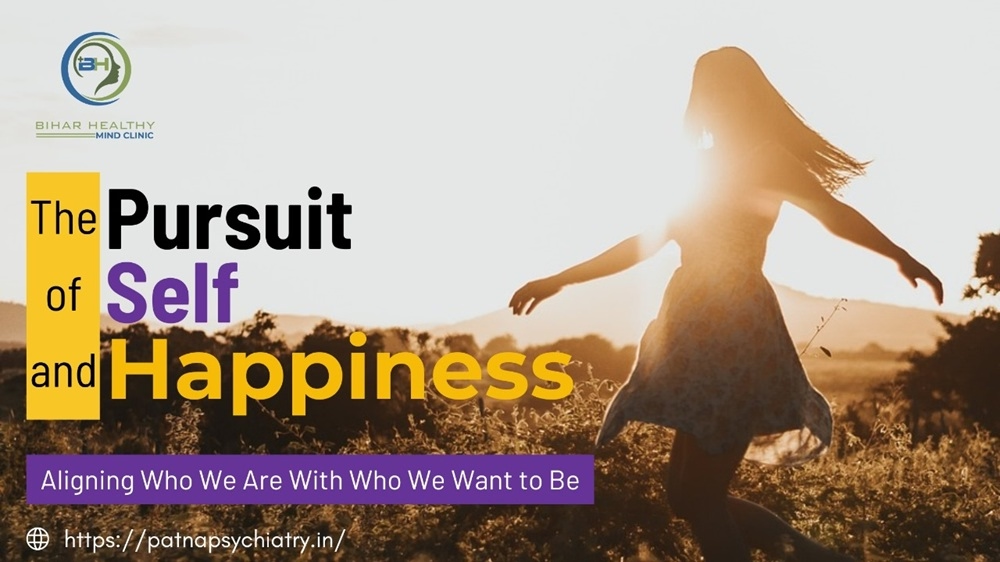
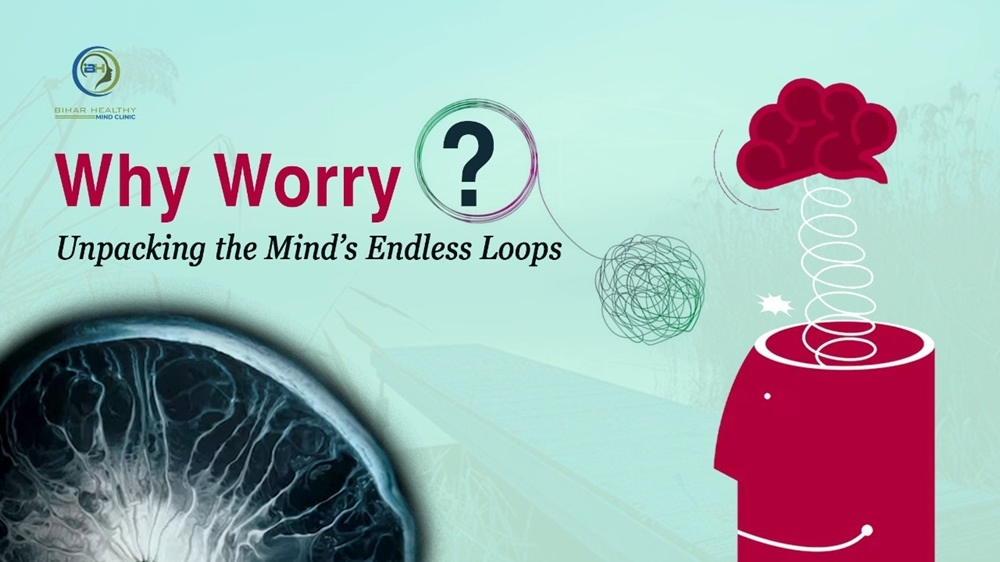
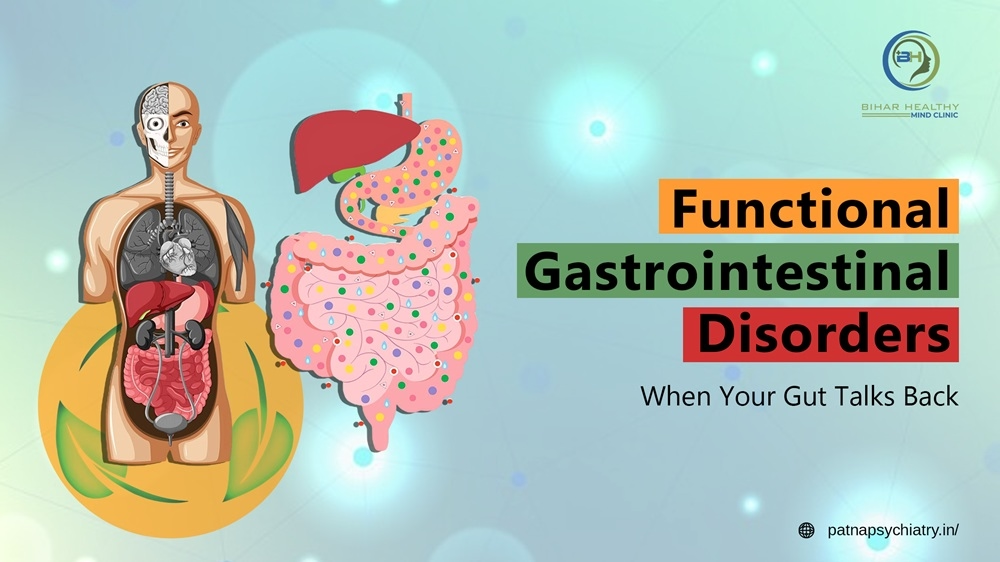
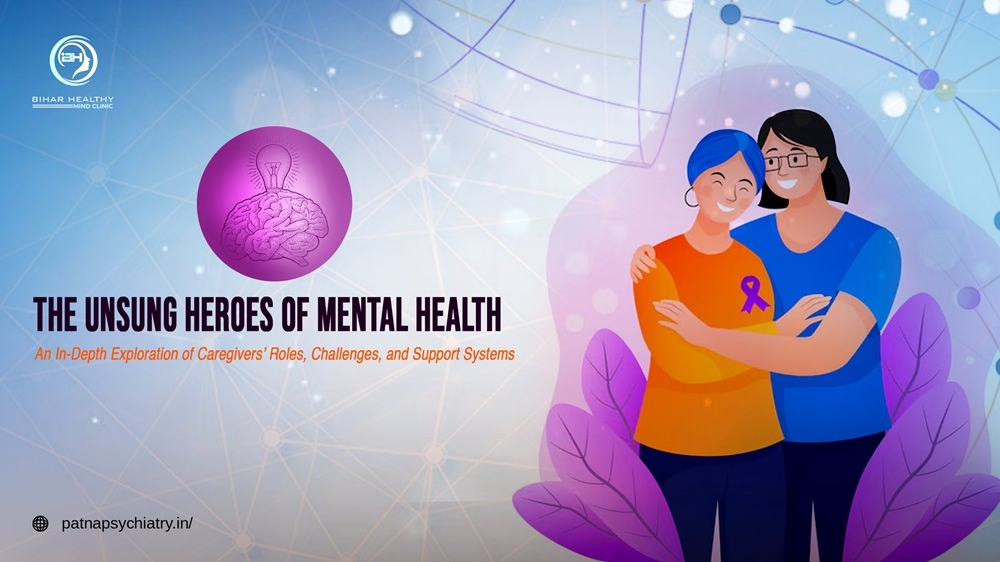
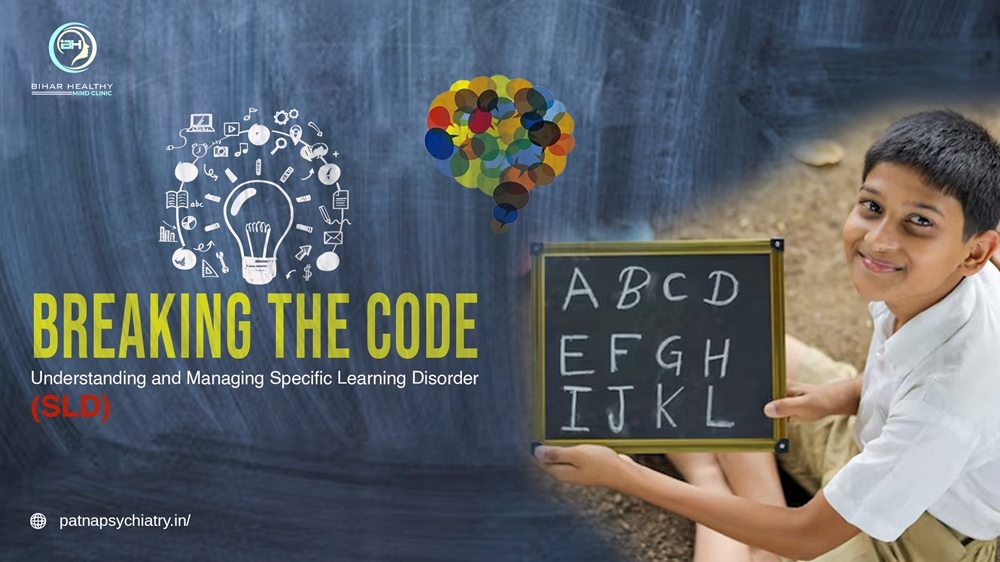
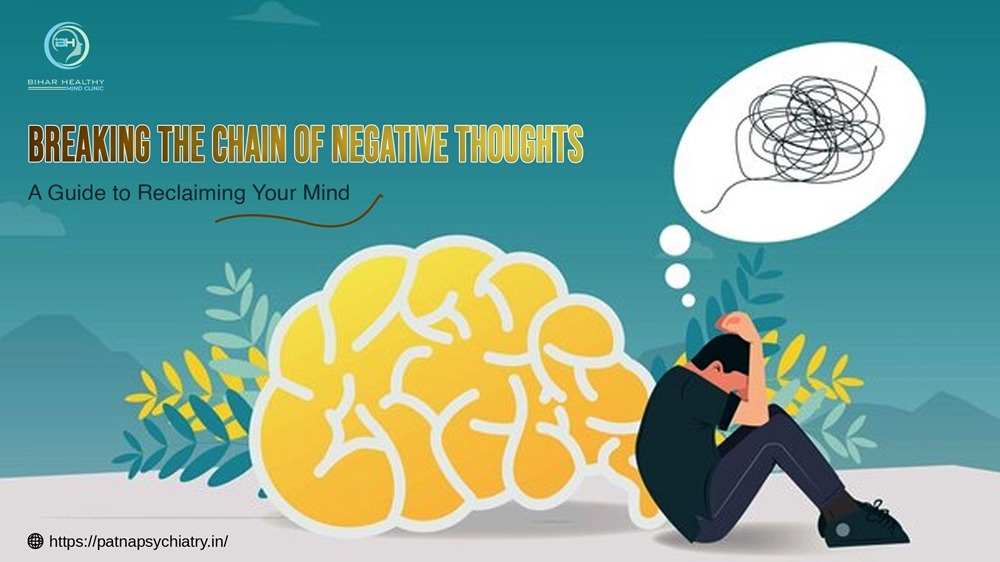
Beautiful writing Dr Saurabh Kumar...
Best wishes and Regards
Well written Dr Saurabh..
Well written Dr Saurabh..
What an insightful blog!! Love the way how you make such complex physiological concepts accessible and relatable keep going